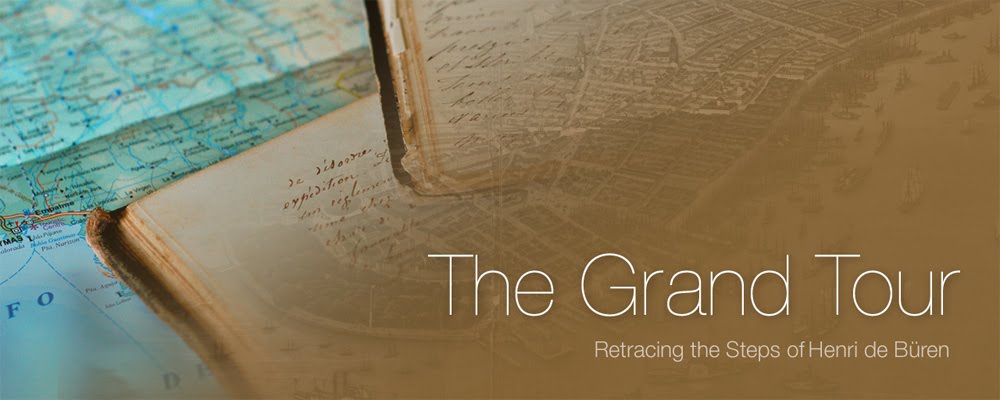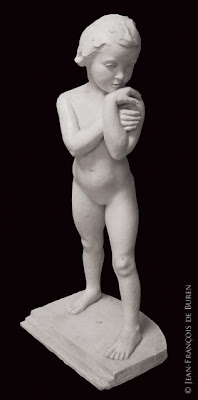While in Mexico, Henri de Büren was introduced to two Frenchmen, Aimé Louis-Victor du Bosc, Marquis de Radepont and Louis-Hector Galard-Brassac, Comte de Béarn by Francis de Palezieux-Falconnet at his country house in Tucubaya.
In his 1853 letters Henri talks about the Marquis de Radepont as “A kind and accommodating man. He is a retired military officer who spent his service in Africa and someone who concerns himself with agricultural affaires in Mexico.” Of the Comte de Béarn he says “He is attached to the French Legation in Washington D.C. and is traveling in Mexico for his pleasure and as well as his education.”
Henri travelled extensively throughout Mexico with these two men. As a fellow aristocrat, he probably felt at home in their company. Henri spent a great deal of time around Puebla during his time in Mexico and it is fascinating to think that one of men with whom he travelled the Mexican countryside would be instrumental in the French intervention in Mexico, and the initial French defeat at Puebla.
The policy of installing a satellite monarchy in Mexico and thus expanding France's power in the region would be attributed to the Marquis de Radepont, who would later become an advisor to French Emperor Louis Napoleon III. Radepont had entered Mexico a number of years earlier as a foreign observer with General Winfield Scott's American Army during the Mexican-American war and stayed to make his fortune. It is also interesting to note that the reason for the intervention to begin with was the Mexican refusal to repay loans to European powers, and that Henri was the guest while in Mexico of the agent for the Committee of Mexican Bond holders.
French Intervention in Mexico Background
The French intervention in Mexico, also known as the Maximilian Affair and The Franco-Mexican War, was an invasion of Mexico by the army of the Second French Empire, supported in the beginning by the British and Spanish. It followed President Benito Juárez's suspension of interest payments to foreign countries on 17 July 1861, which angered Mexico's major creditors Spain, France and the United Kingdom. Napoleon III of France was the leader of this operation, and the three powers signed the Treaty of London on 31 October, to unite their efforts to receive payments from Mexico. On 8 December the Spanish fleet and troops from Spanish-controlled Cuba arrived at Mexico's main Gulf port, Veracruz.
The presidential terms of Benito Juárez (1858–71) were interrupted by the Habsburg monarchy's rule of Mexico (1864–67). Conservatives tried to institute a monarchy when they helped to bring to Mexico an archduke from the Royal House of Austria, Maximilian of Habsburg (who married Charlotte of Belgium, also known as Carlota of Mexico), with the military support of France, which was interested in exploiting the rich mines in the north-west of the country. Many historians believe that the French established the monarchy when they did because the United States was in the middle of its Civil War (1861–65), and thus was unable to intervene as it might according to its Monroe Doctrine.














